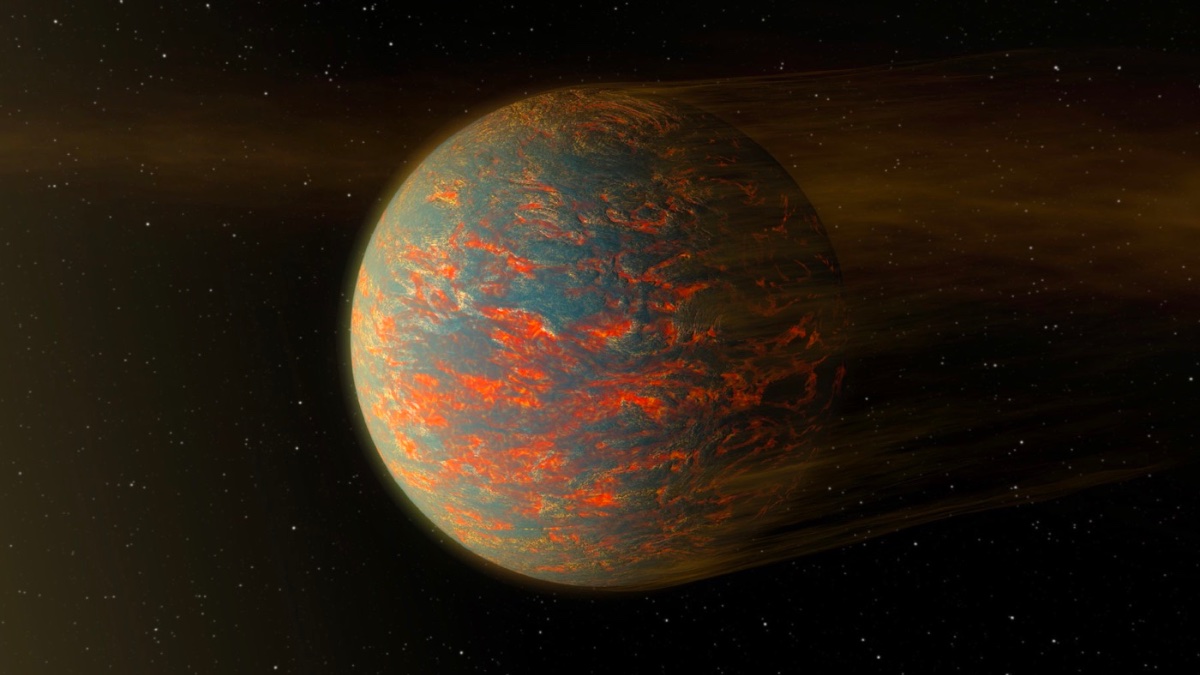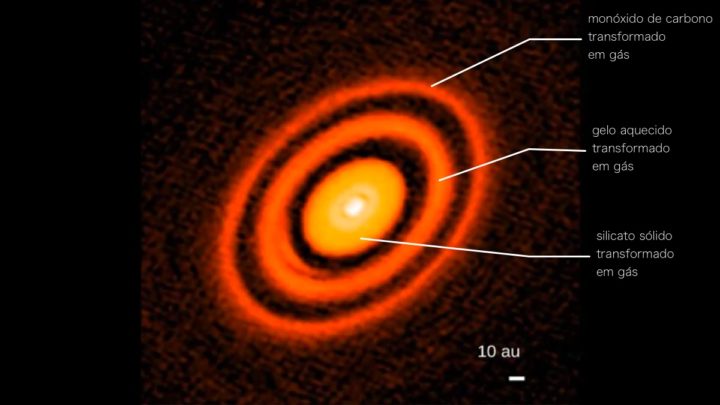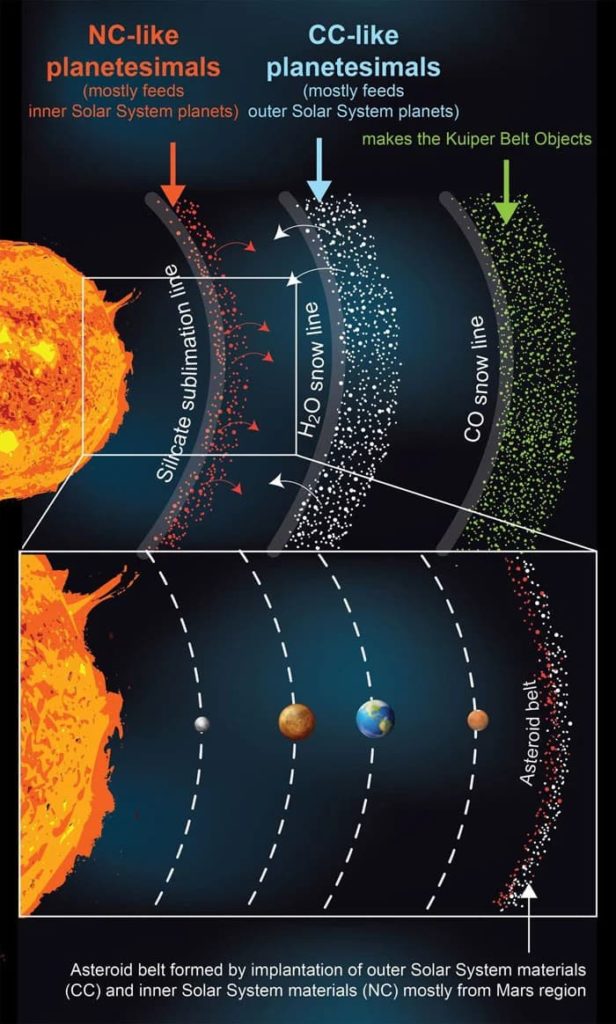What if today our planet was a Super-Earth twice its current size and 10 times its mass? Everything would be incredibly different. And it’s just not thanks to the rings that the infant Sun had that prevented the Earth from developing in that direction.
According to NASA, 30% of the Sun-like stars in our galaxy are orbited by Super-Earths.
Infant sun would have rings like Saturn
The technology combined with the improvement of data collected in the universe allow you to create scenarios of what the Earth and the Sun would be like in their infant state. As such, astrophysicist at Rice University in Houston, André Izidoro, noted that the occurrence of Super-Earths in so many other solar systems has left astronomers with some unanswered questions.
To find out, the research team created a simulation model of the formation of the Solar System, which emerged from the ashes when a cloud collapsed between dust and gas, known as a solar nebula.
Their simulations suggested that pressure "bumps", or regions of high pressure of gas and dust, would have surrounded the infant Sun. These areas of high pressure likely resulted when the particles drifted towards the Sun under its strong gravitational pull, heated up and released large amounts of vaporized gas.
The simulations showed that there were likely to be three distinct areas where solid particles vaporized into gas, called "sublimation lines". In the line closest to the Sun, or in the hottest zone, solid silicate transformed into gas; in the middle line, the ice would have heated up enough to turn into gas; and on the furthest line, the carbon monoxide turned to gas.
According to the simulations, solid particles, such as dust, collided with these bulges and began to accumulate.
The effect of the pressure bump is that it picks up dust particles, which is why we see rings.
Explained co-author Andrea Isella, a professor of physics and astronomy at Rice University.
If these pressure bumps had not existed, the Sun would have quickly devoured the particles, leaving no seeds for the planets to grow.
Our star has matured and lost the dust that surrounded it, creating planets
With age, the gas and dust surrounding the Sun cooled and the sublimation lines moved closer to the Sun. This process allowed the dust to accumulate in planetths, or seeds of asteroid-sized planets, which could then come together to form planets.
Our model shows that pressure shocks can concentrate dust, and moving pressure shocks can function as planetesimal factories.
Pressure increases regulated the amount of material available to form planets in the inner Solar System.
Izidoro said in a statement.
According to the simulations, the ring closest to the star formed the planets of the Inner Solar System – Mercury, Venus, Earth and Mars. The middle ring would eventually become the planets of the outer Solar System, while the outermost ring formed comets, asteroids and other small bodies in the Kuiper Belt, the region beyond Neptune's orbit.
The researchers found that if they simulated the delayed formation of the middle ring, Super-Earths could have formed in the Solar System.
-



![This is how the arrears for the RTV subscription are checked. Here are some effective control methods [9.01.2022] This is how the arrears for the RTV subscription are checked. Here are some effective control methods [9.01.2022]](https://d-art.ppstatic.pl/kadry/k/r/1/c2/45/61b7174ce5870_o_original.jpg)
